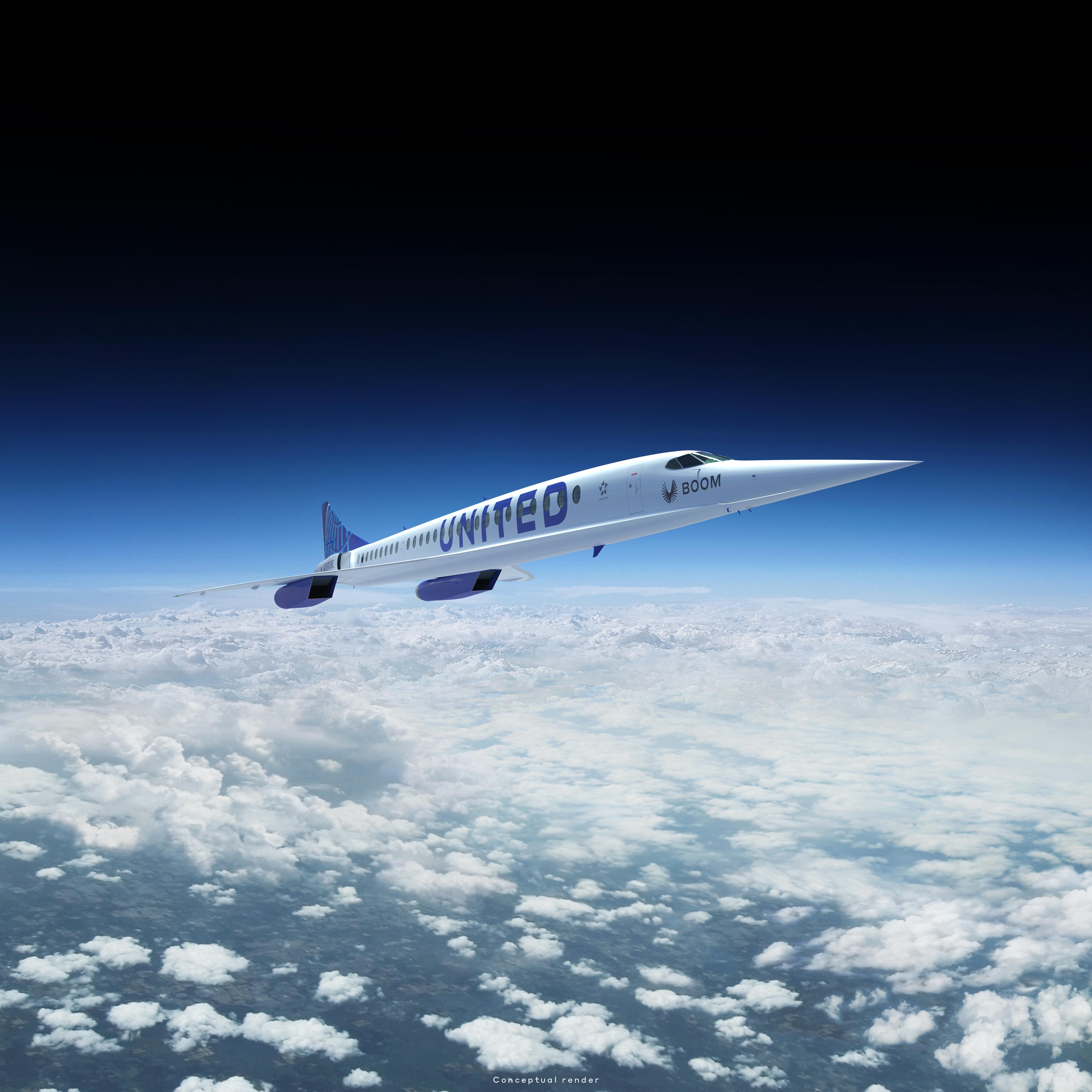
Credit: Boom Supersonic
United Airlines has placed firm orders with Boom for 15 supersonic Overture airliners, marking a key milestone towards the revival of faster-than-sound commercial transport and a major boost for the Denver-based start-up aircraft manufacturer. The United deal, which also covers options for 35...
Subscription Required
This content requires a subscription to one of the Aviation Week Intelligence Network (AWIN) bundles.
Schedule a demo today to find out how you can access this content and similar content related to your area of the global aviation industry.
Already an AWIN subscriber? Login
Did you know? Aviation Week has won top honors multiple times in the Jesse H. Neal National Business Journalism Awards, the business-to-business media equivalent of the Pulitzer Prizes.





